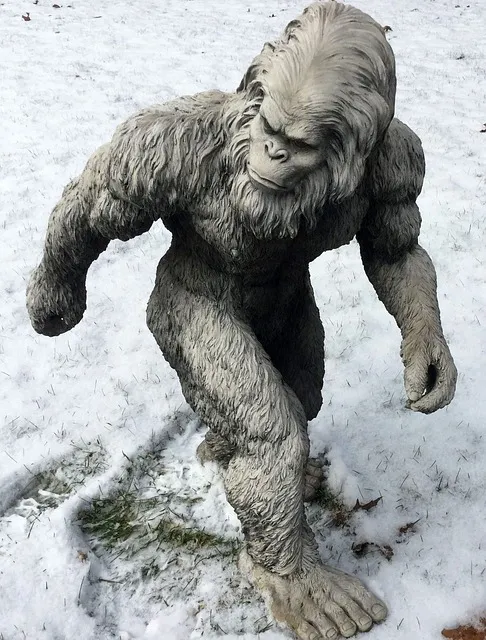
"I've been looking into Bigfoot but not looking for Bigfoot," states author Robert Michael Pyle, early in his book. In the last chapter, he writes, "The last thing in the world I wanted as I began writing this book was notoriety. I had dodged attention ever since receiving a well-publicized grant for the purpose of looking into Bigfoot myths."
So he quietly set out to backpack for a month in the mountains and woods near Mt. St. Helens, in an area known as the Dark Divide (named after a miner, John Dark.) With a Ph.D. in ecology, and a focus on lepidopterology, Pyle is quite the naturalist. The first ten chapters of the book contain vivid descriptions of the landscape, flora, and fauna in that area. His vocabulary is exceptional, and I found all of that information to be extremely captivating, even though some of it was outside of my usual areas of interest.
Pyle inserts his opinions about logging, old growth forests, and the spotted owl. With a 1995 copyright date, this book was written when those were hot topics in the Pacific Northwest. He also has much to say about the damage done by dirt bikes in the otherwise-undisturbed areas of the forest, and the frustration of finding litter in wilderness areas.
The author interviewed a wide variety of folks before, during, and after his month's expedition into the woods. Included in the book are several Bigfoot stories told by Native Americans, some of them old enough to qualify as myths, others told more recently by the grandparents of folks still living. He also quotes several other Bigfoot enthusiasts in the scientific world, and includes some Yeti anecdotes from other countries.
Part III of the book (chapters 11-15) brought to mind my college days when I was required to write an essay of a specified minimum length. Having written all I had to say, I often found myself short by several words, paragraphs, or even pages. Then I had to figure out how to fill in the gap with something relevant and potentially interesting. Perhaps Pyle was asked to write a 300-page book, and found himself many pages short of the goal. Regardless of the reason for its existence, I found Part III to be tedious. Pyle wandered off into all sorts of philosophical and spiritual tangents, completely losing the previous tone and setting of his adventures in the woods.
Fortunately, Pyle got back on track in Part IV, resuming the details of his explorations in the wilderness in Chapter 17. I particularly enjoyed Chapter 19, in which he writes about the alleged Bigfoot sighting near Beacon Rock in Skamania County in 1969. I was only 12 years old at the time, but I lived within half a mile of that famous Bigfoot track along Highway 14, and did not sleep soundly for quite some time afterwards. Pyle mentions people I knew, including artist Linda Ford, Sheriff Bill Closner, and local newspaper editor Roy Craft. It was fun to see familiar names in print, especially in a book about Bigfoot.
I also thoroughly enjoyed and appreciated his description of the Indian Heaven Wilderness Area. I had the pleasure of hiking there in 2013 with my brother, and it is truly a place of unparalleled beauty and peace.
So what did Pyle learn from his explorations and interviews? Did he see or hear anything that convinced him of Bigfoot's existence? He saw what might have been tracks. He heard strange sounds that might have been made by Bigfoot. Nothing definite. But he concluded there is plenty of space out there for something as large as Bigfoot to hide, plenty of food available for it to eat, and enough credible stories and legends to convince him that something might, indeed, be out there.
I recommend this book to anyone who enjoys reading about wilderness areas and wildlife, or who is fascinated with Bigfoot legends. Overall, it's an excellent book.
